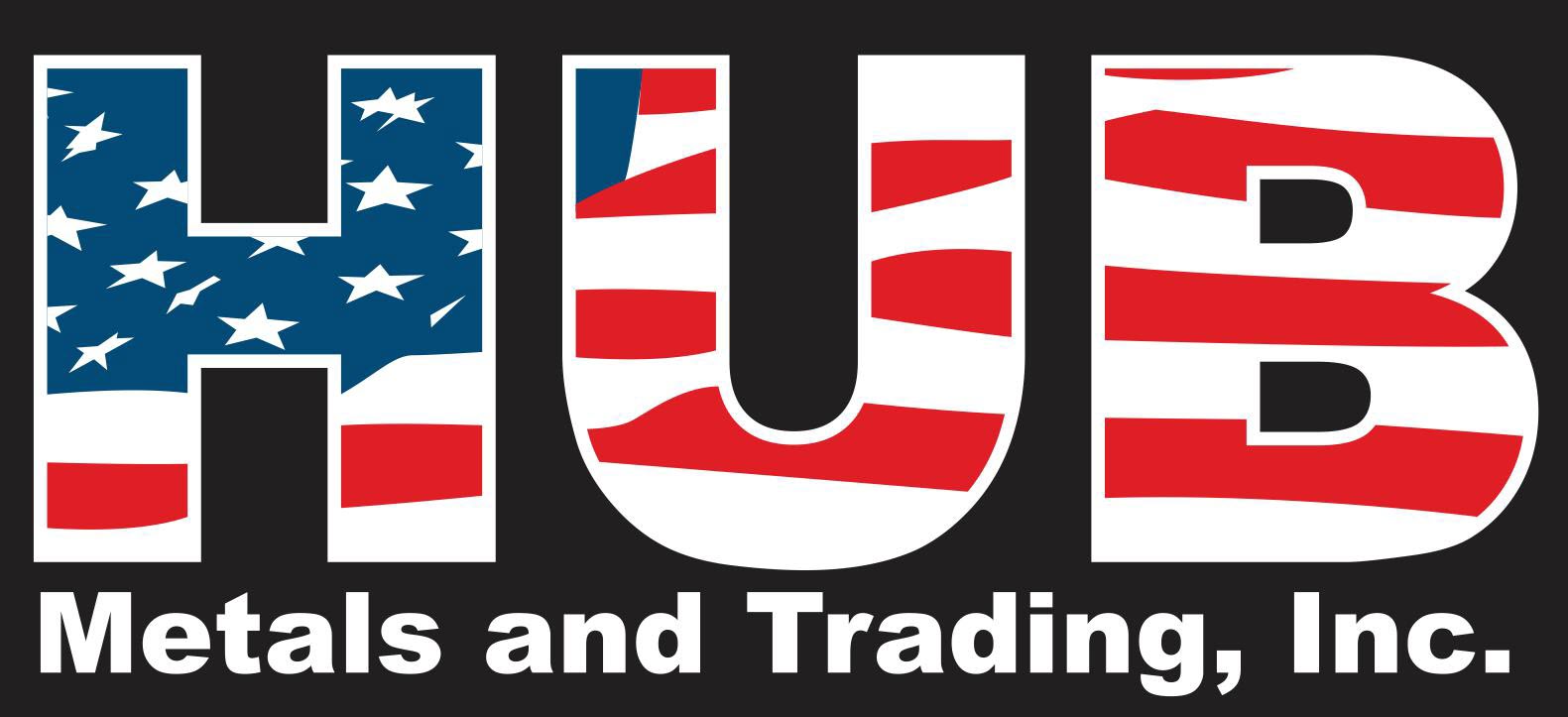AMS Metal Specifications: A Comprehensive Guide
What Are AMS Metal Specifications?
AMS (Aerospace Material Specifications) metal specs are standardized guidelines used to ensure the quality, performance, and consistency of materials used in the aerospace industry. These specifications cover a wide range of materials, including metals, alloys, composites, and more.
Importance of AMS Metal Specifications
AMS metal specs are crucial for maintaining the integrity and safety of aerospace components. By adhering to these standards, manufacturers can guarantee that their materials meet stringent requirements, reducing the risk of failure and enhancing the reliability of aerospace products.
Types of Materials Covered by AMS Specifications
- Metals: Aluminum, steel, titanium, and other metals are included in AMS specs.
- Alloys: Various alloy compositions are specified to meet specific performance criteria.
- Composites: Advanced composite materials used in modern aerospace applications are also covered.
How AMS Specifications Ensure Quality
AMS specifications provide detailed requirements for chemical composition, mechanical properties, heat treatment, and other critical factors. This ensures that materials meet consistent standards, facilitating efficient manufacturing processes and high-quality end products.
Benefits of Using AMS Specifications
Adopting AMS metal specs offers numerous advantages, including:
- Consistency: Ensures uniformity in material properties across different suppliers and batches.
- Reliability: Enhances the safety and performance of aerospace components.
- Compliance: Meets regulatory requirements and industry standards.
Conclusion
AMS metal specifications play a vital role in the aerospace industry by establishing rigorous standards for materials. By understanding and applying these specifications, manufacturers can produce high-quality, reliable, and safe aerospace components that meet the demanding requirements of the industry.
